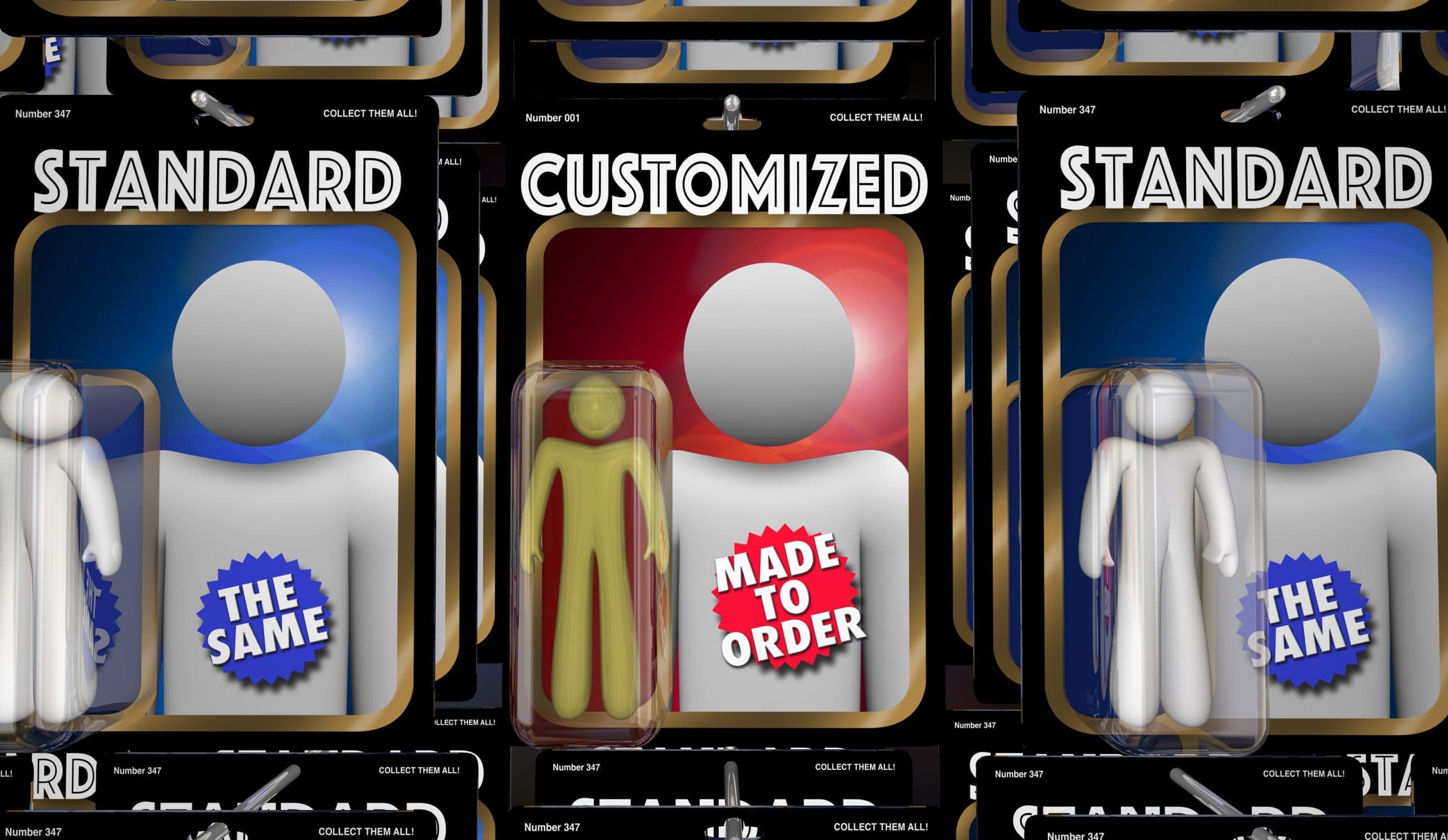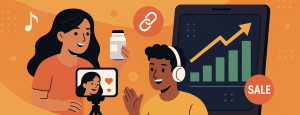
Share
By Alex Cramer
You walk into your neighborhood diner and the staff says hello and greets you by name. You sit down and before you can even pick up a menu, your server brings you your favorite drink. She then tells you the specials but mentions that they can hold off on the onions you don’t like.
Even if another diner opened down the street, you probably wouldn’t go because you trust that a personalized experience is a better one.
Now, in the Postmates era, you may not have a favorite diner, but it is true that when you log on to Netflix, you expect to see suggestions for movies and TV shows tailored to you and when you go to Amazon, you expect to see product recommendations based on your purchase history and reviews.
The point is that customers expect a personalized experience when they interact with your brand. A study by Accenture revealed that 91% of shoppers are more likely to shop with businesses that recognize, remember and offer them personalized recommendations.
While creating a customized experience for each of your customers may seem like a heavy lift, the good news is that you don’t need to be a Fortune 500 company with a massive data team to create a strong personalization program.
These are the steps you need to take to give your customers the personal experience they’re looking for.
Leverage Data
Like so many things in marketing, the foundation of your success in personalization lies in being able to leverage your customer data.
To start your journey, you’ll need to set up a customer-data platform (CDP) to collect and centralize customer data from across all of your different marketing channels and follow individual customers across devices and ad networks. Then, your CDP should be able to use automated machine learning to analyze and identify patterns in your customer’s behavior.
Once you’ve collected your data, you’ll need to subdivide your customer into different profiles based on their behavior patterns so that you can offer them the kind of customized shopping experience that most closely aligns with their needs.
The core of tailoring messages and offers to individual customers is being able to predict their behavior and wants based on their initial interaction with your brand, and a strong CDP program is how you can begin to understand and anticipate your customer’s behavior.
Build Triggers
Your customers will behave in all kinds of different ways. Some will impulse buy a product if offered a discount code while others will take the time to compare and contrast multiple products and are highly motivated by reviews and 3rd-party validation. The key to success in personalization is to be able to recognize which customer falls into which group early in their sales journey.
Once you’ve identified which profile your customer is in, you should create triggers that automatically show them customized images, videos, offers or deals that align with their motivations for buying.
Research by McKinsey and Company showed that these kinds of personalized triggers can be three to four times more effective in making a sale than a typical blast message.
Customized Website Experiences
Your personalization efforts should start the moment your customer lands on your home page. For example, you can provide a customized banner image or even redirect them to the part of your site that’s most relevant to their needs.
If you’re a fashion brand, you can automatically put your shopper on either the men’s or women’s page depending on where they were when they last visited or tell them if there’s been a price change on products they’ve previously browsed.
You can also use their anticipated behavior to cross-sell and upsell new products, based on what they browse, put in their cart or ultimately buy.
Even the weather they’re experiencing when they browse your site can play a role in providing them with a more relevant experience.
Personalization isn’t about slapping your customer’s name on an email or sending them a birthday message. It’s about finding ways to provide value that is specific to their individual needs and desires before they even ask for it.
No one wants to be thought of as just another number or as an anonymous digital profile on the other side of a computer screen. Your customers want to believe that they matter and that your brand is relevant to them and personalization is how you provide that validation.





